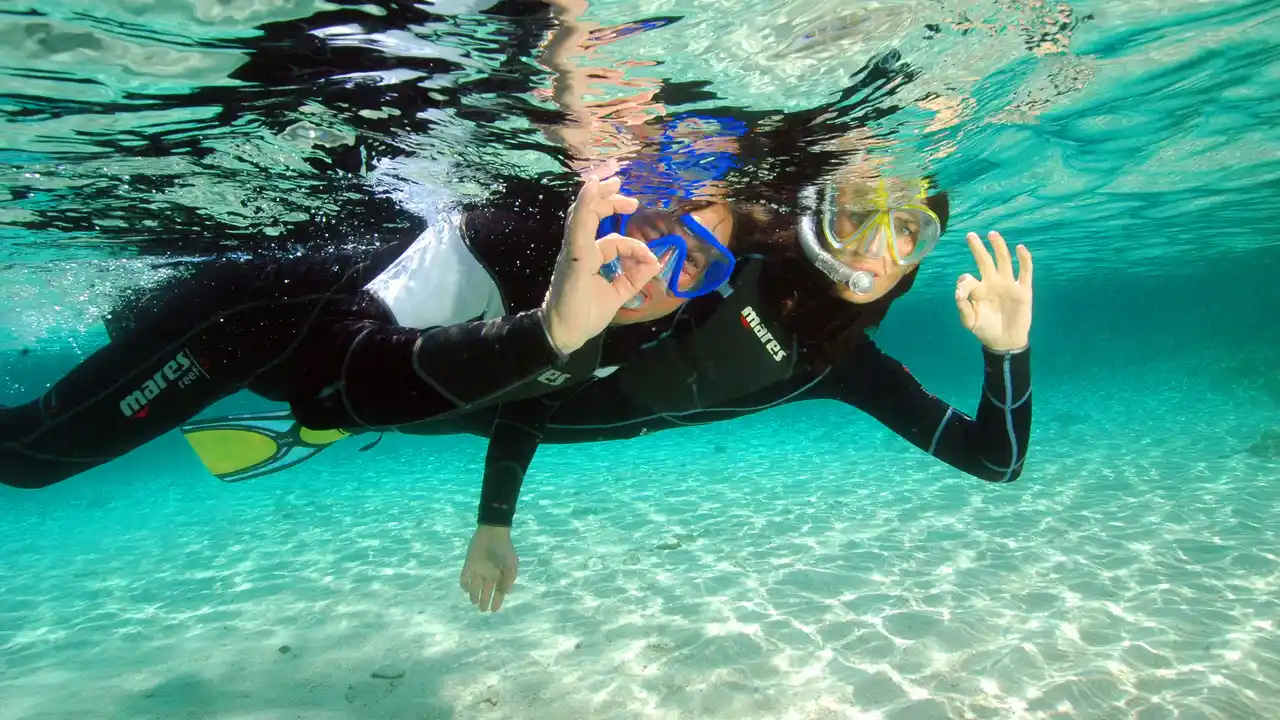Climbing Insurance vs. Regular Travel Insurance: Key Differences

Is regular travel insurance enough for a climbing trip? We highlight the crucial differences. Ensure you have adequate coverage for the unique risks of climbing.
Understanding the Basics Travel Insurance vs Climbing Insurance
Okay, so you're planning a climbing trip. Awesome! But before you start packing your ropes and carabiners, let's talk insurance. You might be thinking, "Hey, I already have travel insurance, I'm good to go, right?" Well, not so fast. Regular travel insurance is great for things like lost luggage, flight delays, and maybe a mild case of food poisoning. But when it comes to the specific risks associated with climbing, it often falls short. Think of it like this: regular travel insurance is like a Swiss Army knife – it has a few useful tools. But climbing insurance is like a specialized climbing multi-tool – designed specifically for the challenges you'll face on the rock.
Let's break down the key differences between these two types of insurance so you can make an informed decision and protect yourself properly.
Coverage for Medical Emergencies Climbing Specific Injuries
One of the biggest differences lies in medical coverage. Regular travel insurance typically covers medical emergencies, but it might not cover injuries sustained during high-risk activities like climbing. Climbing-specific injuries, like fractures from falls, sprains, dislocations, and head injuries, can be costly to treat, especially if you're in a remote location. Climbing insurance, on the other hand, is designed to cover these types of injuries, ensuring you get the medical attention you need without facing crippling medical bills.
Think about it: a twisted ankle on a city tour is one thing. A compound fracture sustained rappelling down a cliff face is a whole different ball game. Make sure your insurance is equipped for the latter.
Emergency Evacuation and Rescue Climbing Insurance Coverage
This is where climbing insurance really shines. Let's say you're climbing in a remote area and get injured. Regular travel insurance might cover transportation to the nearest hospital, but what if the nearest hospital is hours away, requiring a helicopter evacuation? Many standard travel insurance policies either exclude or severely limit coverage for emergency evacuations, especially from remote locations. Climbing insurance often includes coverage for helicopter rescue, search and rescue operations, and other specialized evacuation services. This can be a lifesaver (literally!) if you find yourself in a sticky situation.
Imagine being stranded on a mountainside with a broken leg, waiting for hours for help to arrive. Knowing you have insurance that covers a swift helicopter rescue brings serious peace of mind.
Gear Protection and Replacement Climbing Equipment Insurance
Climbing gear isn't cheap. Ropes, harnesses, helmets, climbing shoes – it all adds up. Regular travel insurance might offer some coverage for lost or stolen luggage, but it might not cover damage or loss of specialized climbing equipment. Climbing insurance often includes coverage for gear replacement or repair if it's damaged, lost, or stolen during your trip. This can save you a significant amount of money, especially if you're carrying expensive gear.
Picture this: your brand new climbing rope gets damaged in transit. Without climbing gear insurance, you’re out hundreds of dollars. With it, you can replace your rope and get back to climbing sooner.
Personal Liability Coverage Climbing Activities and Accidents
Accidents happen, even to the most experienced climbers. What if you accidentally dislodge a rock that injures another climber? Or what if you damage someone's property while climbing? Regular travel insurance might not offer adequate personal liability coverage for these types of incidents. Climbing insurance often includes personal liability coverage, protecting you financially if you're held responsible for causing injury or damage to others.
It's not something you want to think about, but being prepared for potential liability is crucial. Having the right insurance can prevent a minor accident from turning into a major financial burden.
Activity Exclusions What Activities Are Covered By Climbing Insurance
This is a big one. Regular travel insurance policies often have exclusions for high-risk activities like climbing, mountaineering, and backcountry skiing. Read the fine print carefully! If you're injured while participating in an excluded activity, your claim could be denied. Climbing insurance, on the other hand, is specifically designed to cover these activities. It's essential to choose a policy that covers the specific type of climbing you'll be doing, whether it's rock climbing, ice climbing, mountaineering, or bouldering.
Don't assume your regular travel insurance will cover you just because you're on vacation. Check the exclusions list and make sure climbing isn’t on it.
Specific Climbing Insurance Policies and Recommendations
Okay, so now you know why climbing insurance is important. But which policy should you choose? Here are a few options to consider:
- World Nomads Explorer Plan: This is a popular choice for adventurous travelers, including climbers. It offers coverage for medical emergencies, evacuation, gear protection, and personal liability. It covers a wide range of activities, but be sure to check the specific activity list to ensure your climbing activities are included.
- Use Case: Ideal for multi-sport trips where you plan to do some climbing alongside other activities like hiking or kayaking.
- Comparison: Offers broader coverage than some specialized climbing insurance policies, making it a good all-around option.
- Price: Varies depending on trip duration and destination, but generally ranges from $100-$300 for a 2-week trip.
- Global Rescue: This is a more specialized option that focuses on emergency evacuation and medical assistance. It's a good choice if you're concerned about getting injured in a remote location and needing immediate evacuation.
- Use Case: Best for serious mountaineering expeditions or climbing trips to very remote areas.
- Comparison: Excellent for evacuation coverage, but might not offer as much coverage for gear or personal liability as other policies.
- Price: Starts around $300 per year for basic membership.
- Ripcord Rescue Travel Insurance: Similar to Global Rescue, Ripcord focuses on rescue and evacuation services. They also offer some coverage for medical expenses and trip interruption.
- Use Case: Suitable for climbers venturing into areas with limited or unreliable medical services.
- Comparison: Offers a good balance between rescue coverage and other travel insurance benefits.
- Price: Typically ranges from $250-$500 per year.
Factors to Consider When Choosing Climbing Insurance Coverage
Choosing the right climbing insurance policy depends on several factors:
- Destination: Some destinations are more remote and require higher levels of evacuation coverage.
- Type of Climbing: The type of climbing you'll be doing (rock climbing, ice climbing, mountaineering) will affect the level of risk and the type of coverage you need.
- Trip Duration: Longer trips require more comprehensive coverage.
- Budget: Climbing insurance can range in price, so it's important to find a policy that fits your budget.
- Pre-existing Conditions: If you have any pre-existing medical conditions, make sure the policy covers them.
Reading the Fine Print Climbing Insurance Policy Details
No matter which policy you choose, it's crucial to read the fine print carefully. Pay attention to the exclusions, limitations, and deductibles. Make sure you understand what's covered and what's not. If you have any questions, contact the insurance provider and ask for clarification.
Think of it like reading the instructions before assembling a complicated piece of furniture. You don't want to get halfway through and realize you're missing a crucial piece!
Conclusion Alternative Ensuring Your Safety and Enjoyment
While that word is not allowed, the goal of this article is to explain the differences between travel insurance and climbing insurance, and the importance of having adequate coverage for your climbing adventures. Regular travel insurance might be sufficient for some trips, but when it comes to climbing, it's essential to have specialized coverage that protects you against the unique risks associated with the sport. By understanding the key differences and choosing the right policy, you can climb with confidence and peace of mind, knowing you're protected against the unexpected.
:max_bytes(150000):strip_icc()/277019-baked-pork-chops-with-cream-of-mushroom-soup-DDMFS-beauty-4x3-BG-7505-5762b731cf30447d9cbbbbbf387beafa.jpg)






